Nadia Says: There is not so much contemporary choir music out there. Do you think, listeners of a project like NYX can easily make a connection to people who would listen to other forms of popular music?
Sian O’Gorman: Yes – interesting observation – I often find it hard to classify what I listen to into genres, but most of the contemporary choral music I follow is still very rooted in classical form or styles, where a lot of other collective singing groups are funneled more into folk music genres. I’d say our music has choral/collective vocal elements within its palette, but is probably more part of the experimental vocal-electronic musical genres. Our compositional and performance influences come from so many different spaces – anywhere from Meredith Monk’s extended vocal technique, Le Mystère des Voix Bulgares’ charged harmonics, the electronic and acoustic body manipulations of Holly Herndon, to the viscerality of Sunn 0)))’s ecstatic noise experiences and beyond.
Shapeshifting Voices
How does marrying choir music and synth work? Was it an easy match, or was it challenging?
There is so much joy to be found in playing with voice and effects. NYX was born from my passion for this practice, combined with my love of collective singing. When we began, it was total chaos – everyone creating huge noises, not knowing if the feedback was intentional or about to explode, no one really able to listen or understand what was happening. It took us years to craft and create layers of sound where each voice became a uniquely defined instrument. It’s magic enough when people’s natural timbres come together to form these synergies of sound and harmonics, but it goes up another dimension when everyone is also crafting and manipulating these vocal sounds through electronic effects.
I think there’s an ancient desire to hear your voice amplified and manipulated. We love going into a cave or a huge valley and hearing how much we can echo, or humming into a fan and getting this natural autotune tremolo effect. There’s a deep power in hearing yourself reflected and expanded in vast reverberant spaces, and there’s a childlike hilarity and delight that arises when putting your voice through pitch shifters, harmonisers or distortion.
Do you find there is a connection or a dichotomy between using the instrument of the voice versus using electronic instruments?
There is space for both. It depends on the situation and intention. I’m very fascinated by the way in which each person’s unique vocal timbre interacts with effects processors and other electronic instruments. Some people’s natural tone and preferred/learned vocal styles lend themselves to pitch shifters – wide direct tones that can feed a super sub bass sound, or how certain people’s effected ASMR can carry a completely distinct quality to it. Likewise, I think certain people’s voices can complement certain produced sounds from, say, a synth.
It’s fascinating to play with a more nasal or direct tone and see what synthesized sounds can round that out, or see how someone with a more breathy tone can float over cloud-like drones. It’s kind of like painting a landscape with frequencies – what bits I want to draw out and bring to the foreground, and what parts need to sit into the background – both are important and I make a bit effort to ensure this is quite seamless (or intentionally dissonant and direct, depending on the context).

Photo by Joseph Lynn
Rehearsed Improvisation
Do you find that the way to write music for a choir differs from writing for a solo artist or band? Do you write thinking of each choir member, or do you rather write for voices as if they were instruments?
Yes! So I write with my voice, creating each person’s (or group of people’s) part as a separate channel in Ableton. I then allocate each audio channel to a specific singer or group of singers, send everyone the full file, all colour-coded and labelled. They are then invited to listen, learn, and interpret using their own palette of acoustic and electronic effects. We then come into rehearsals and piece the work together. It’s almost more of a rehearsed improvisation structure – singers are encouraged at points to stick to the brief, and at other moments to expand out into what they feel.
Generally speaking, how do you find collaboration – is it uplifting, challenging, is it organised or free-flowing chaos?
Again, it depends on the context. The majority of our day-to-day work is creating music to brief. We compose and produce music and soundscapes for film, TV, games, art installations, and theatre. So we’ve become very adept at creating collaborative structures that are highly effective for us and leave space for imagination. I think in some ways I prefer the limitations and boundaries of an external project as long as they’re relatively aligned with our musical and creative values. There’s something about having a structure of a brief that opens up a sense of lightness and freedom to me. I can experiment with sounds and approaches to composition that I may not have otherwise considered. I love the pressure of a deadline to keep me motivated and inspired, and I appreciate the clarity of a collaborative agreement, the understanding of what everyone’s role is, and a structure to the feedback process. I’ve learned over the years that I find working that way much more grounding and connected than wide-open, ambiguous creative spaces.
Collective Harmonies
Can you comment on the connection between harmonising voices in a choir and harmonising human beings in a collective?
YES! I love this question! There’s a lot to be said about the capacity of humans to co-create beauty together. Singing or sounding in a group is a really grounded way for our bodies to remember that we can feel connection, joy and literally change the frequency of the air around us when we meet up and sound with intention. In order to truly be in harmony, you need to find that sweet spot between listening (receiving) and toning (offering). It’s this practice of reciprocity that helps us to feel simultaneously held by the collective hive of sound, whilst also being celebrated for our unique offerings as an individual. I’m yet to find something I can experience that is more wholesome and human than a big group of people singing from their hearts and bellies.
There seems to be a broader theme of motherhood or family in the album. What inspired that? Music, culture, societal, personal themes?
“Mother”, “Daughters”, “Everything I Wanted For You”, “Truce” – yes, there are a lot of titles linking to family, mother, ancestral lineages in these track titles. At the composition phase, music often comes through more from a place of ritual, esoterica, or altered states of consciousness for me. I used to work a lot with psychedelics and sound, and now more with nature and emotional landscapes as inspiration, but as the essence of these sounds comes through, they are embodied (first by me), then re-embodied (by the other vocalists). The process of creation and production shapes these sounds into much deeper, elemental human and raw forms, which are then expanded back out through the electronics, subsumed back into the ethereal. I like the full circle energy of it. But that space where the raw human comes in, that’s the point at which we meet and relate and sound together through our bodies.
All of us were Daughters born from Mothers (and depending on where your beliefs lie, a collective, Earth, divine Mother), we all struggle and succeed and long to belong, be heard, love and be loved, be of service.
What do the ideas of sisterhood, motherhood or of family mean in a collective such as NYX?
Well, all I can say is families are complex/complicated systems, and we are no exception to that. My perspective is that we function more as a creative ecology in a constant state of reorganisation and evolution. Philippa (Neels – NYX Creative Director) and I often joke and call ourselves NYX Mamas – but we have learned that we have to be quite careful in how we hold and maintain the space of the group and the format of how we work as a creative team. We’re in a constant space of recalibrating what it means to be a responsible leader and teammate, and where the lines and containers of friendship, family, professionalism intersect and flow over. It’s bloody intense at times, but the shared intention of creating beautiful work together is what carries us through to the other side when there are difficult bridges to cross.
I hope that when people listen to NYX, see our live shows, or attend our workshops that they feel a sense of connection to the beauty within and outside themselves, to feel held and empowered and part of something very human.
The debut album NYX is out now via NYX Collective Records. You can stay in touch with NYX via their Instagram and newsletter.



